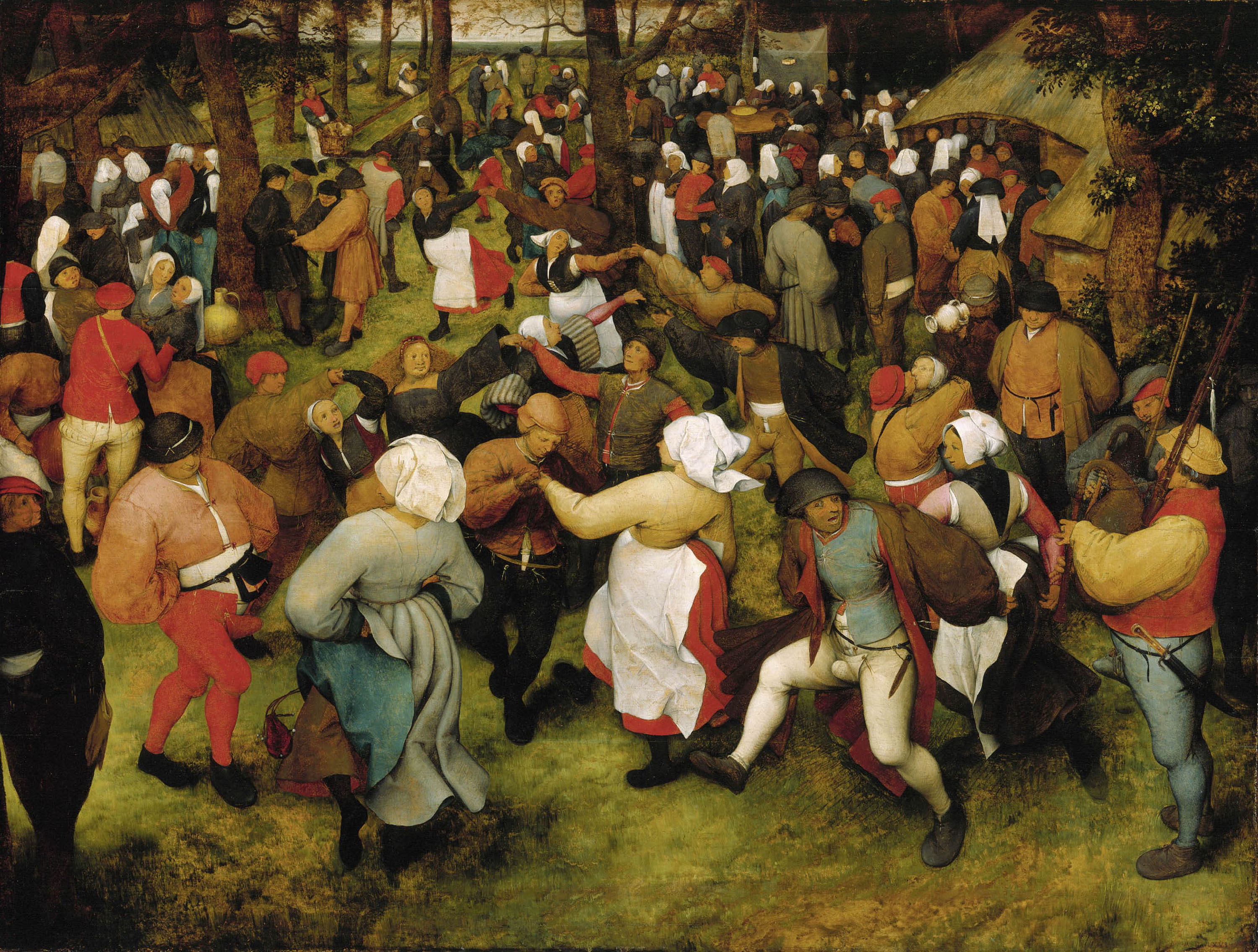It's National Non-Fiction Month, and
Dawn Finch has already done an excellent post on running a school visit around a non-fiction book. So that means non-fiction is covered, right? No. It's now the 9th and definitely time for another post about things that are true. At least half the posts this month should be about factual/information/true books. In fact, why not all?
Before we get any further, I want to take issue with the name. The non-fiction label is iniquitous - why do we define factual books by what they are not? How weird is that? I don't have a cup of non-tea in the morning, nor am I non-male. I drink coffee and am female. So I don't write non-fiction. I write about things that are true. Maybe we should call fiction non-true books. To cheer you up after that grumble...
Look at these fish. Aren't they cool? They're weird, but they're not made up.

Now back to the business in hand.
True books have always been considered the poor relation of those books that are a bunch of lies, the untrue books. True books have little shelf space in shops. They have virtually no review space in the media (though the wonderful
Shackleton's Journey winning the Greenaway changed that briefly). Parents grumble if their children want to read 'only non-fiction', but they never grumble that their children want to read 'only fiction'. Teachers sometimes challenge pupils' book choices if they don't select a fiction title. Why? The truth can spark a child's imagination and curiosity as much as fiction. A true story can rouse empathy as much as a made-up story. Most adults have forgotten how to be wonderstruck. Perhaps that's why it's adults who don't encourage children to read about things that are true. Or maybe adults think that information is what school is for and it's all linked to exams. Well, they're wrong. Here's a totally brilliant example of a book that is as true as you can get:

It's by the Children's Laureate, Chris Riddell, and it's about how important Humans Rights are. You can't get a better endorsement than that for books about true things. (Though the day the Laureateship goes to someone who only writes or illustrates true things the air will resound with the flapping of porcine wings.)
But it doesn't all have to be serious.
Which is the most fascinating pirate?

Jack Sparrow, a bumbling fool, entirely made up; a bit pretty.
-->
Shih
Yang (Zheng Shi), the most successful pirate of all time. She ran a pirate fleet of 1,800 ships and controlled the China Sea. (Also a bit pretty.) And why is she never in pirating books? (She's in mine, coming out next year from Carlton.)
Most adults are embarrassed at being surprised or impressed by the world around them. Most adults prefer cynicism and to look world-weary, though who would want to be that? Well, that's their loss. Children are not so disabled, fortunately. Of 8-11 year olds who read for pleasure outside school, 40% choose to read true books. Sales of books classed as children's non-fiction rose 36% last year.
There's even a sound educational reason for promoting true books, as if pleasure were not enough. In the USA - but sadly not in the UK - the curriculum demands that 70% of a child's reading is non-fiction by the time they are 11 years old. The reason? Employers complained that potential employees couldn't construct or follow an argument, process information or extract meaningful data from written information - because they had no practice at doing it.
But the life-skills reason is not the best reason to celebrate information books and to encourage children to read them. Knowing and valuing the world is a better reason. Nourishing the sense of wonder that is every child's birthright, and all too soon eroded, is a better reason. Enjoying it is the best reason of all.
Which monster(s) is/are made up?
Where do you think the ideas for fiction come from?
Any kid who wants a cool job designing monsters had better have a good library of fact books to draw on.
You think Indiana Jones is cool? What about Barnum Brown? Named after a circus, he spent his life as a fossil-hunter. He went on digs dressed in a floor-length fur coat and discovered the T Rex.
If only we'd been around to see mammoths... Well, mammoths were still going while the Egyptians were building their pyramids (though there weren't any in Europe).
Stories about children with pet dogs are popular. But dogs are so mundane. Salvador Dali had a pet anteater. The astronomer Tyco Brahe had a pet moose; he also had a metal nose, as his own was cut off in a duel over a maths problem. The painter Rossetti had a wombat.
The truth is great - you couldn't make it up.
(Answer: Only monster A is made up.)
 Anne Rooney
Anne Rooney
Latest true book:
The Story of Maps, November 2015
























